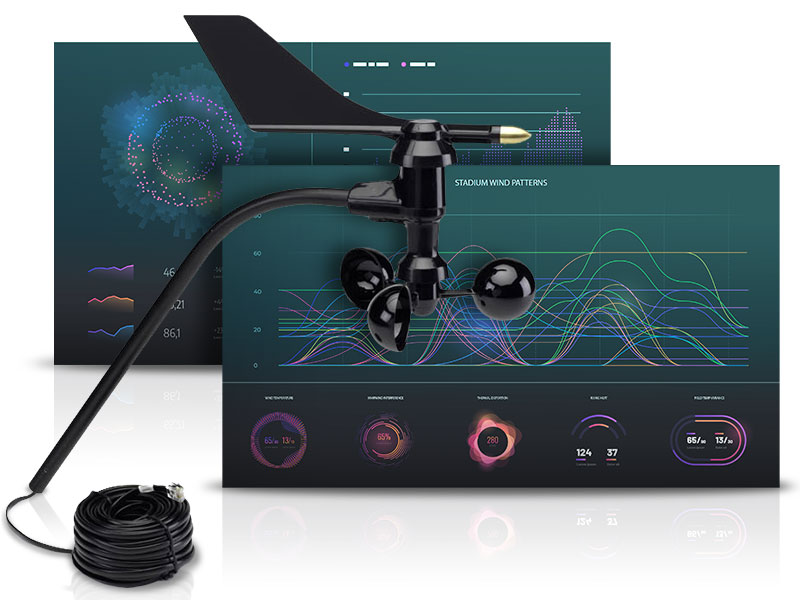ABOUT
Measuring the effect of wind and weather on player performance has long been an unsolved problem for sports analytics departments. Did a ball go off-target due to its initial aim, or due to its spin, or due to the weather? Each sports venue has a unique shape which causes the wind to flow through it in complex ways. How does one venue affect the flight of a ball compared to another venue? Weather Applied Metrics offers answers to these types of questions with its patented techniques using 3D computational fluid dynamics modeling.
WAM provides reports which quantify how much past, present and future weather conditions affect the outcome of sporting events. What were the weather conditions during a specific play in the fourth inning of last Sunday's baseball game? What will the current conditions do to a 40-yard field goal attempt towards one end zone versus the other end zone? How much is the wind expected to move balls in the air during the upcoming game on Saturday? WAM's calculations give you precise answers to questions like these.

WAM's technology can help you contextualize past performances, understand what is going on under live weather conditions, and construct your upcoming game plan taking the weather into account. Weather Applied Metrics aims to:
- Present clearly how weather impacts athletic performance.
- Provide detailed data and analysis in a timely and accurate manner.
- Help stakeholders understand and mitigate weather-related risks.
- Educate fans and empower athletes.
Read here how Weather Applied Metrics is being used by Major League Baseball in 2023.
HISTORY
While playing center field for Major League Baseball's Chicago Cubs, Brett Jackson came to learn he couldn't read the winds accurately by the traditional methods of looking at flags or tossing grass into the air. Inside a ballpark like Wrigley Field, swirling winds could push balls in unpredictable directions, sometimes turning weak popups into home runs, and other times making a well-struck ball into an easier catch than he initially expected.
Brett began to wonder if there wasn't a better way, and started asking questions. If we understood the winds better, how would we change the positioning of fielders? How much have the careers of different players been affected by the weather in their home ballparks? He brought the questions up with a close family friend, Bill Martin, chief meteorologist for the Fox 2 Bay Area television station. Bill was intrigued, and organized an all-star team of scientists to begin answering questions like these. Weather Applied Metrics was born.

